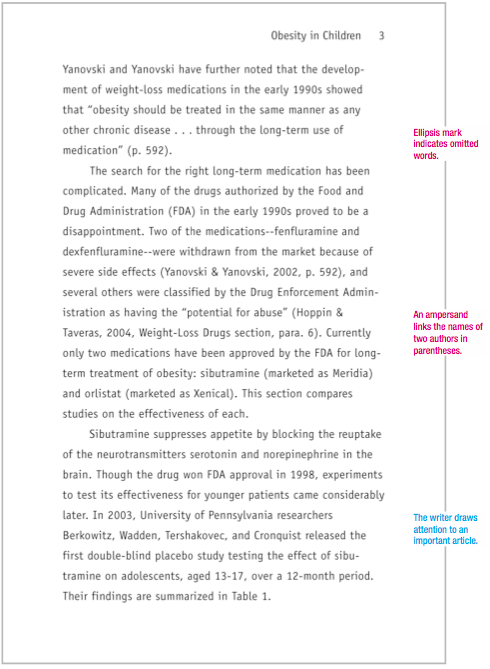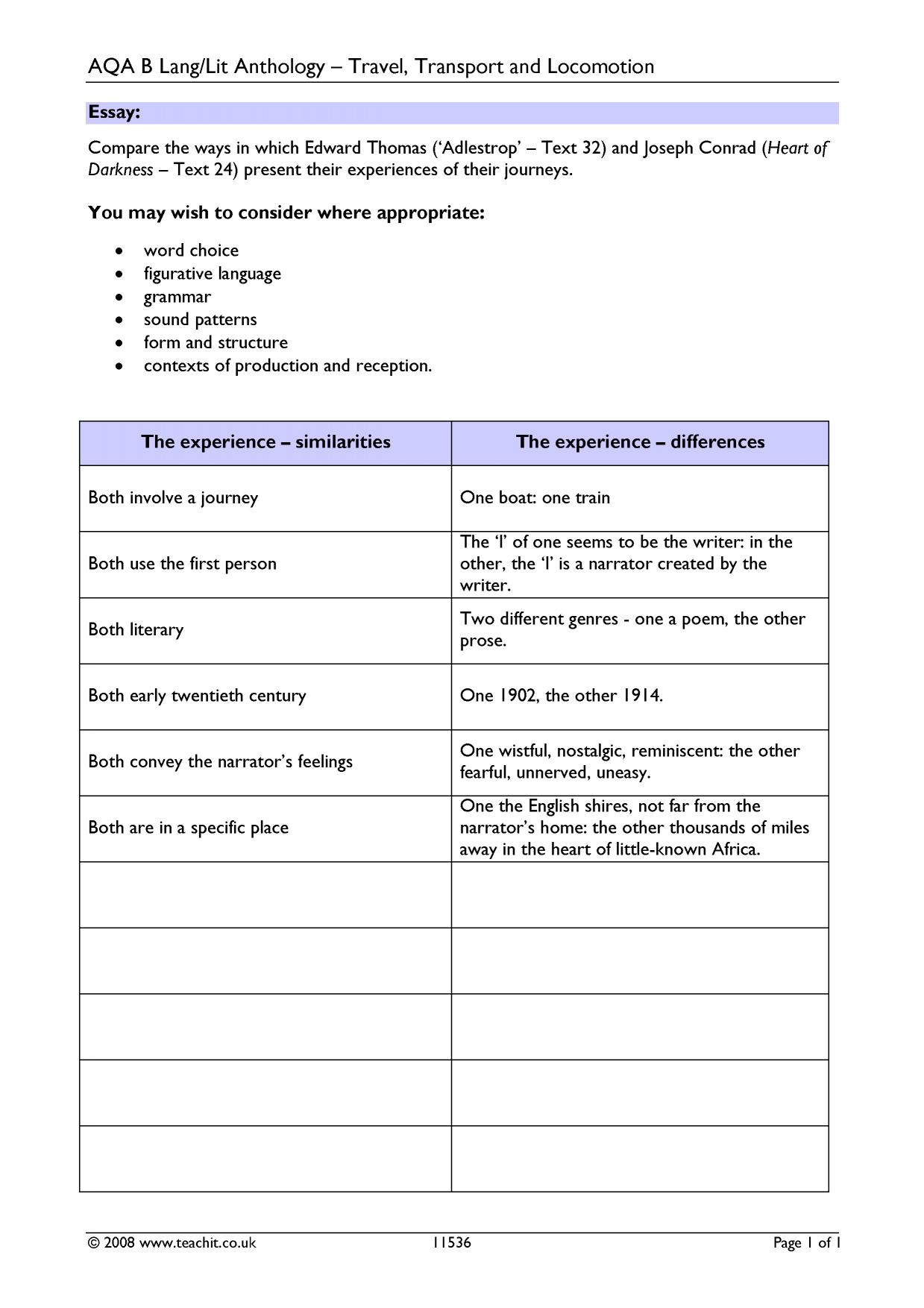What are some examples of enzyme catalyzed reactions.
For example, the three curves in Figure represent progress curves for an enzyme under three different reaction conditions. In all three curves, the amount of enzyme is the same; however, the concentration of substrate is least in curve (a), greater in curve (b), and greatest in curve (c). The progress curves show that more product forms as more.The major factors which affect the rate at which an enzyme catalysed reaction will proceed are shown in Figure 16.2. These factors include the concentration of enzyme, substrate (and co-factors, metal ions, etc.) and possible inhibitors as well as physical or environmental conditions such as pH, temperature and ionic strength. These factors are.A simple example of the importance of enzymes in digestion is lactose- intolerance. Lactose is a sugar found in milk, and is digested by an enzyme found in the intestines called lactase. A lack of this enzyme can result in lactose- intolerance, whereby the undigested lactose is fermented by bacteria causing a host of intestinal complications.
The range of reactions catalysed by enzymes is very large due to immense versatility of enzymes, and the large number of different enzymes that are found in living systems: from hydrolytic reactions, polymerisation, red-ox reactions, dehydrations, condensations, and transfer reactions to name a few.Enzyme catalysis was observed in order to analyze how changes in temperature, pH, enzyme concentration, and substrate concentration affected an enzyme-catalyzed reaction. This experiment analyzed the rate of enzyme-catalyzed reactions and observed the correlation between catalase activity and products formed. It was found out that the rate of.

Effect of temperature, substrate concentration and pH on reaction rate. The rate of an enzyme-catalysed reaction is calculated by measuring the rate at which a substrate. is used up or by the rate.












